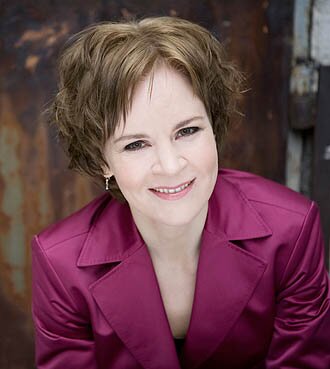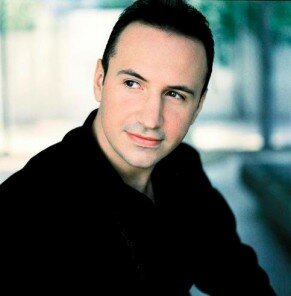This weekend brings a special treat for Seattle’s piano fans. Legendary pianist Emanuel Ax is in town for three performances of Brahms’ Piano Concerto No. 2 with the Seattle Symphony. Ax’s visit began on Thursday, November 15 and continues with concerts tonight and tomorrow afternoon. A fixture in the classical piano world for decades, Ax has toured the world dozens of times, performed with all the major orchestras, and recorded virtually every important work in the standard keyboard repertoire. Despite his status as one of the great pianists of our time, Ax’s playing is remarkably unpretentious. His performances feel comforting and familiar, like a chat with a kindly old professor over a cup of tea.
Ax’s interpretation of Brahms emphasizes tone and color, bringing a sprightly energy to a piece that can feel stern and heavy. Complex and existential, Brahms’ second Piano Concerto presents many technical and musical challenges for the pianist. Experiencing a performance of this piece sometimes feels like tucking into a large meal of steak and potatoes. At Thursday’s concert, Ax avoided overwhelming listeners with the work’s density by maintaining a light and sparkling tone, especially in the cheerful fourth movement. The devilishly tricky trill passages in the first and third movements seemed to float out of the piano. However, serious moments were treated with an appropriate amount of gravity and sternness. Ax is a master at generating the perfect tone for each expressive gesture, conjuring up a brilliant palette of pianistic colors.
The slow third movement featured an extensive solo section performed by Seattle Symphony principal cellist Efe Baltacıgil, whose rich tone complemented Ax’s lyrical piano sound. Since his debut with the Seattle Symphony last season, Baltacıgil has become a increasingly familiar face in the Seattle music scene. His June appearance at Town Hall with Seattle cello icon Joshua Roman delighted local audiences. Last month, he gave his first solo performance with the Symphony, playing Tchaikovsky’s Variations on a Rococo Theme. This isn’t the first time that Baltacıgil has collaborated with Emanuel Ax. In 2005, Baltacıgil — then a member of the Philadelphia Orchestra — teamed up with Ax for a last-minute performance of Beethoven’s Cello Sonata No. 1 for a snowed-out Philadelphia Orchestra concert. The duo paid tribute to that performance during Ax’s encore on Thursday night, playing the first movement of Schumann’s Fantasiestücke to a rapt Seattle audience.
The second half of the evening’s program was devoted to two colorful and evocative pieces, Henri Dutilleux’s The Shadows of Time and Richard Strauss’ Till Eulenspiegel’s Merry Pranks. Seattle Symphony Music Director Ludovic Morlot has been a strong supporter of Dutilleux’s work, incorporating the French composer’s Impressionistic pieces into many recent Symphony programs. Completed in 1997, The Shadows of Time uses the full sonic range of the orchestra to create a landscape of constantly-shifting moods and colors, ranging from light to dark. Harp and percussion gently evoke the passage of time with a metronomic ticking motive that imitates the sound of a clock. The atmospheric work was enhanced by the ethereal voices of boy sopranos Benjamin Richardson, Kepler Swanson, and Andrew Torgelson, all members of the Northwest Boychoir. Although each movement of the five-part work was enthralling, Dutilleux’s lush, cinematic imagery lacked a over-arching sense of direction and musical dénouement.
Strauss’ fast-paced, programmatic romp Till Eulenspiegel’s Merry Pranks pays tribute to the jovial trickster of German folklore with dramatic moments for all sections of the orchestra. Principal clarinetist Christopher Sereque evoked Till Eulenspiegel’s mischievous chuckle with a thematic riff that appears throughout the piece. Although Strauss never specified an exact storyline for the work, it’s easy to conjure up a plot for Till Eulenspigel’s Merry Pranks that follows Till’s misadventures. The low brass section brought a thrilling sound to their solo sections at the end of the piece, which depicts Till’s arrest and hanging.
Now in his second season as Music Director of the Seattle Symphony, Morlot’s brought a variety of interesting and unusual repertoire to Seattle audiences. His concert programs blend works of vastly different styles and time periods, drawing parallels between pieces that aren’t typically performed together. Although Ax’s performance remains the highlight of this weekend’s program, the Symphony’s performances of the Strauss and Dutilleux works are noteworthy explorations of musical mood and imagery.


